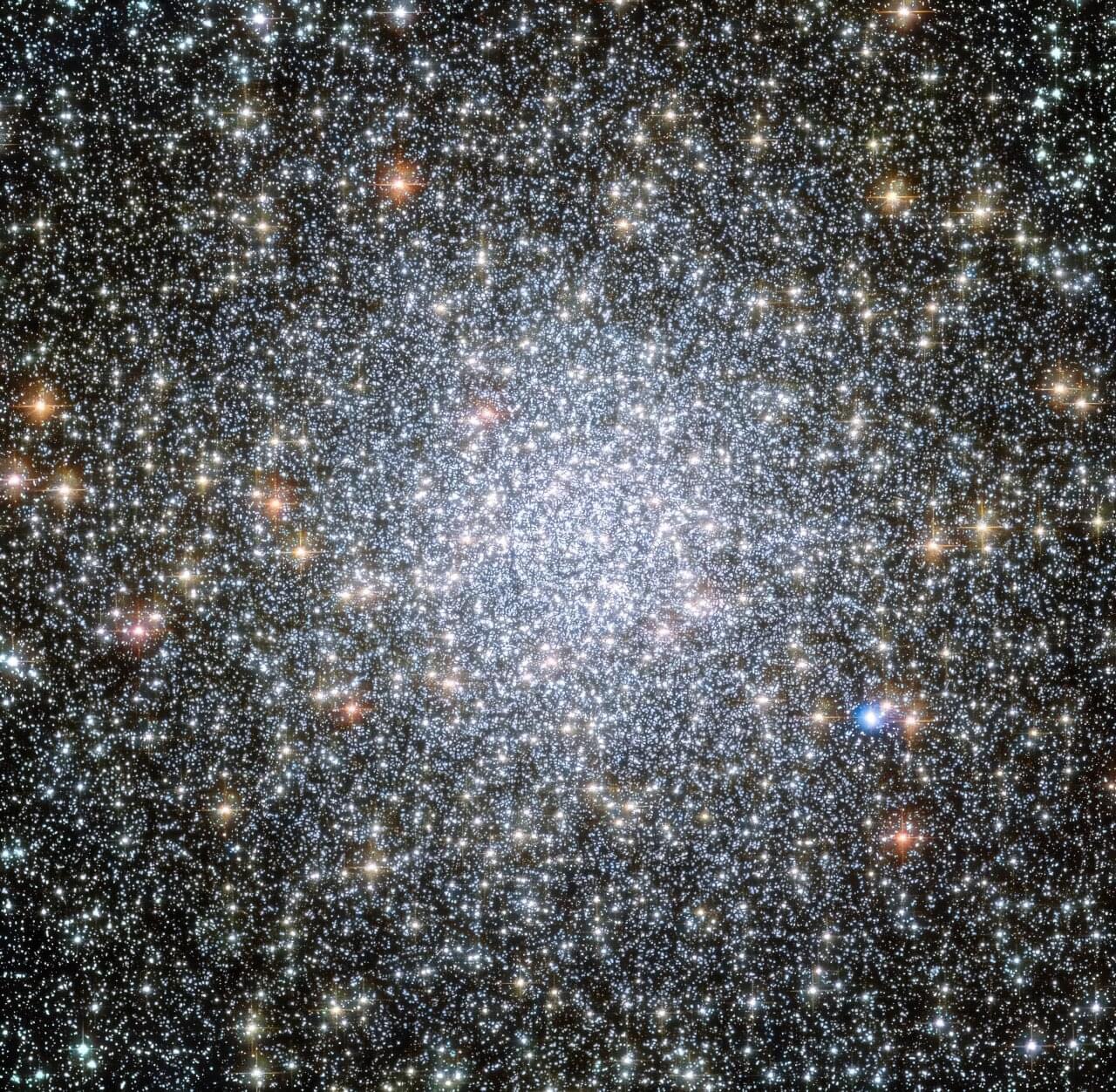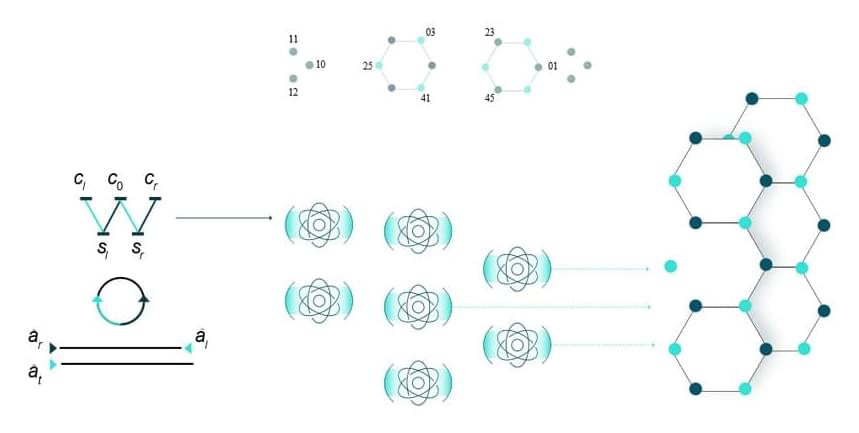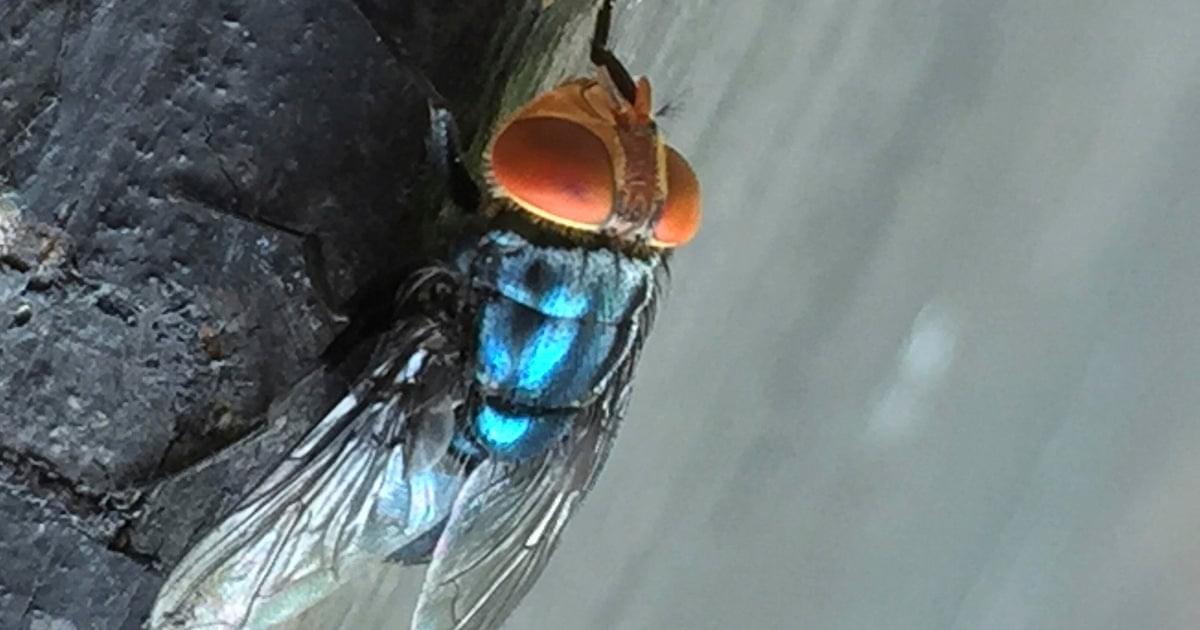Astronomers have studied the globular cluster 47 Tucanae extensively, but still have many questions. It may have an intermediate mass black hole in its center like Omega Centauri is expected to have. There are reasons to believe it may be the remnant of a dwarf galaxy that was gobbled up by the Milky Way, like other GCs. Also like other GCs, its center is extraordinarily dense with stars, and astronomers aren’t certain how far the cluster spreads.
Individual stars in 47 Tuc are difficult to observe because they’re so tightly packed in the center and because they’re difficult to differentiate from field stars on its outer edges. Can the Vera Rubin Observatory help?
Early data from the Vera Rubin and its Legacy Survey of Space and Time (LSST) were designed to test and refine the telescope’s system. But it’s still good quality data, and researchers are using it to not only understand how the Vera Rubin Observatory (VRO) performs, but also for concrete science results.








